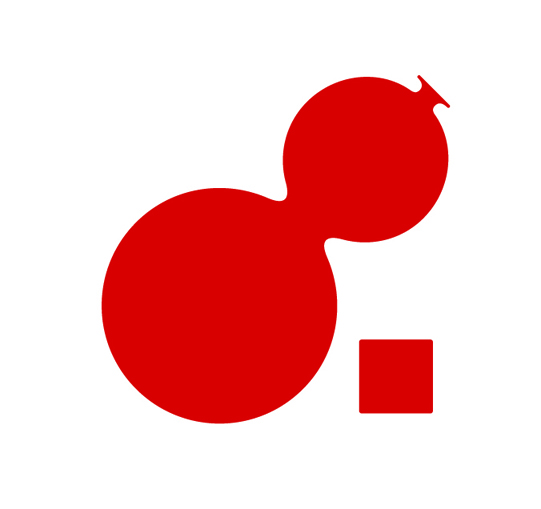The rice
The rice used for sake is the same japonica rice that is eaten.
The rice used for Sake is generally called “Saka-mai”. Among them, rice that is suitable for Sake brewing and that passes special inspection standards is called “Shuzou-kouteki-mai”(rice suitable for sake brewing).
In addition to typical rice for “Shuzou-kouteki-mai” such as “Yamada Nishiki” and “Gohyakumangoku”, other regional rice is also used.
Shuzou-kouteki-mai
Shuzou-kouteki-mai is characterized by a “Shinpaku”
In the vicinity of the center of Saka-May, especially Shuzou-kouteki-mai, there is a coarse portion of starchy grain density that appears white and cloudy portion called Shinpaku.
If Shinpaku is there, the Koji -mould easily will be effective, but on the other hand, Shinpaku is brittle and cracks, so it is not suitable for high grade rice polishing.
For example, “Yamada Nishiki”, a typical Shuzou-kouteki-mai, can of course has Shinpaku, but it is not too large, so it is suitable for high grade rice polishing. On the other hand, “Omachi”, a well-known Shuzou-kouteki-mai, has a big Shinpaku and is easy to break by rice polishing, so it is basically not suitable for high grade rice polishing.
So Toji makes Sake with personality that matches the characteristics of the rice.

The Variety of rice
The production of Saka-mai is about 2% of the total production of rice in Japan, of which the famous Yamada Nishiki and Gohyakumangoku occupy 60% of the rice cultivation area. Currently, Yamada Nishiki has the largest area, but the best ones are Yoshikawa-cho (Miki City), Tojo-cho (Kato-City), East-Yashiro-cho (Kato-City). There are in Hyogo Prefecture,
About 100 kinds of Shuzou-kouteki-mai are cultivated nationwide, and famous ones include Yamada Nishiki, Koshitanrei, Aiyama, Omachi, Gohyakumangoku, Hattan, Dewa-san, Miyama Nishiki, etc. . If you see these rice names on the label, you can image what the taste might be like.
